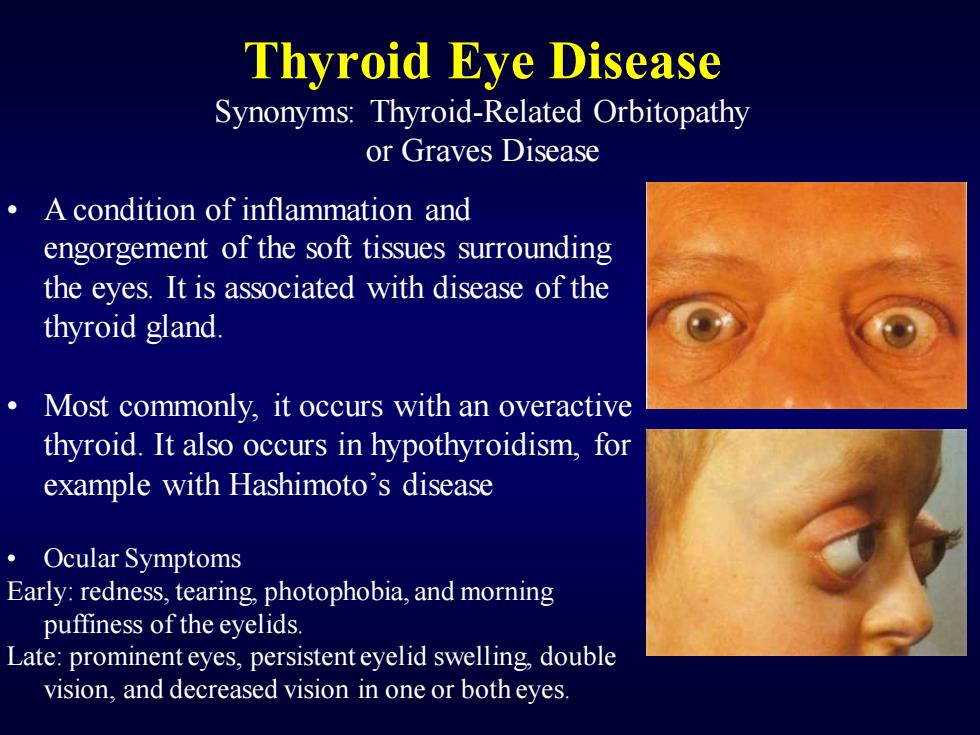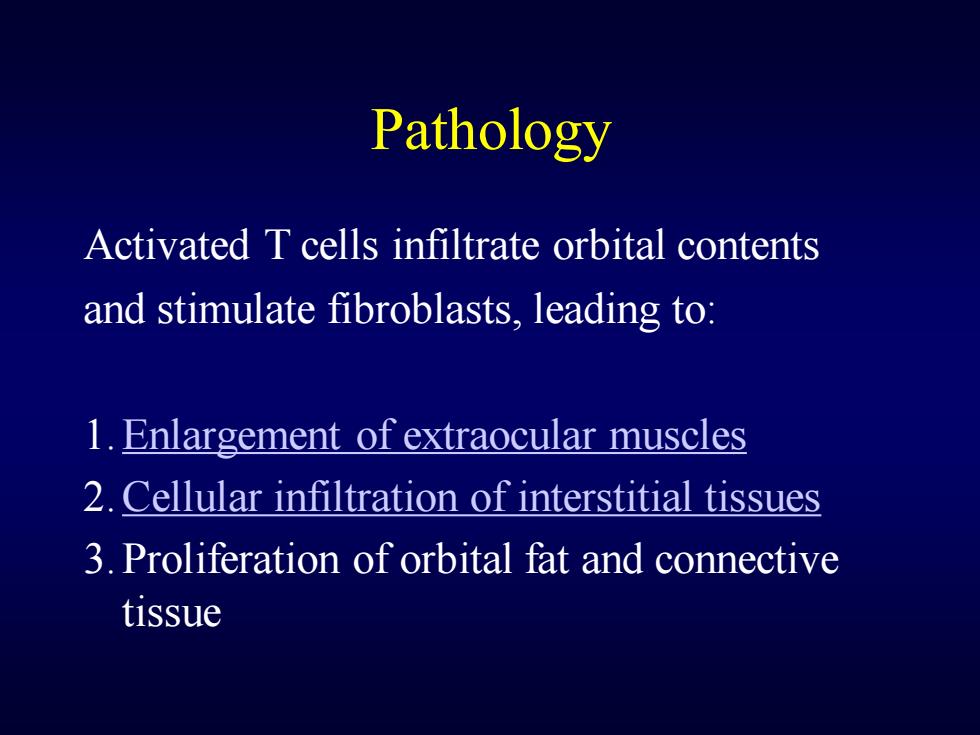
Disorders of the orbit
Disorders of the orbit

Anatomy of the orbit The orbit refers to the bony cavity in the skull FRONTAL BONE SPHENOID Supra-orbital that houses the eye and surrounding structures. notch Optic canal Diseases of the orbit can arise from within the ETHMOID orbit or as part of a systemic illness that affects LACRIMAL multiple tissues or organs. Inferior orbital nssure PALATINE 日ONE infra-orbital infra-orbital MAXILLA Some signs oforbital disorders include: groove foramen Protrusion of the eyeball ·Pain Diplopia or double vision ·Loss of vision Redness and swelling of the eyelids
Anatomy of the orbit • The orbit refers to the bony cavity in the skull that houses the eye and surrounding structures. Diseases of the orbit can arise from within the orbit or as part of a systemic illness that affects multiple tissues or organs. • Some signs of orbital disorders include: • • Protrusion of the eyeball • Pain • Diplopia or double vision • Loss of vision • Redness and swelling of the eyelids

Orbital diseases 。Thyroid eye disease Orbital infection and inflammations ·Orbital tumors Congenital orbital malformations
Orbital diseases • Thyroid eye disease • Orbital infection and inflammations • Orbital tumors • Congenital orbital malformations

Thyroid Eye Disease Synonyms:Thyroid-Related Orbitopathy or Graves Disease A condition of inflammation and engorgement of the soft tissues surrounding the eyes.It is associated with disease of the thyroid gland. Most commonly,it occurs with an overactive thyroid.It also occurs in hypothyroidism,for example with Hashimoto's disease ·Ocular Symptoms Early:redness,tearing,photophobia,and morning puffiness of the eyelids. Late:prominent eyes,persistenteyelid swelling,double vision,and decreased vision in one or both eyes
Thyroid Eye Disease Synonyms: Thyroid-Related Orbitopathy or Graves Disease • A condition of inflammation and engorgement of the soft tissues surrounding the eyes. It is associated with disease of the thyroid gland. • Most commonly, it occurs with an overactive thyroid. It also occurs in hypothyroidism, for example with Hashimoto’s disease • Ocular Symptoms Early: redness, tearing, photophobia, and morning puffiness of the eyelids. Late: prominent eyes, persistent eyelid swelling, double vision, and decreased vision in one or both eyes

Pathology Activated T cells infiltrate orbital contents and stimulate fibroblasts,leading to: 1.Enlargement of extraocular muscles 2.Cellular infiltration of interstitial tissues 3.Proliferation of orbital fat and connective tissue
Pathology Activated T cells infiltrate orbital contents and stimulate fibroblasts, leading to: 1.Enlargement of extraocular muscles 2.Cellular infiltration of interstitial tissues 3.Proliferation of orbital fat and connective tissue